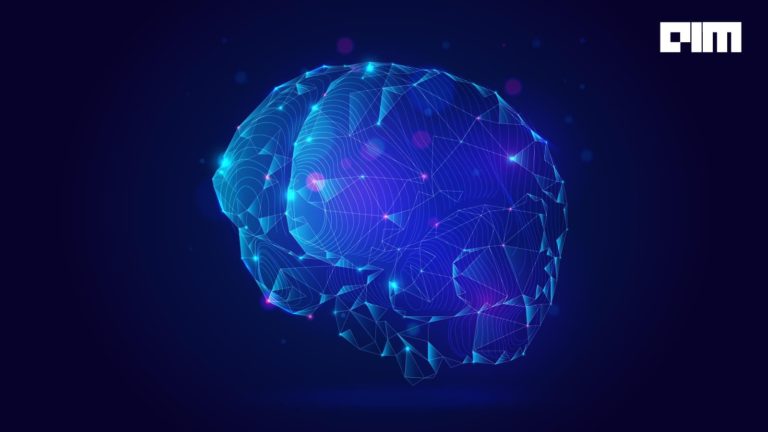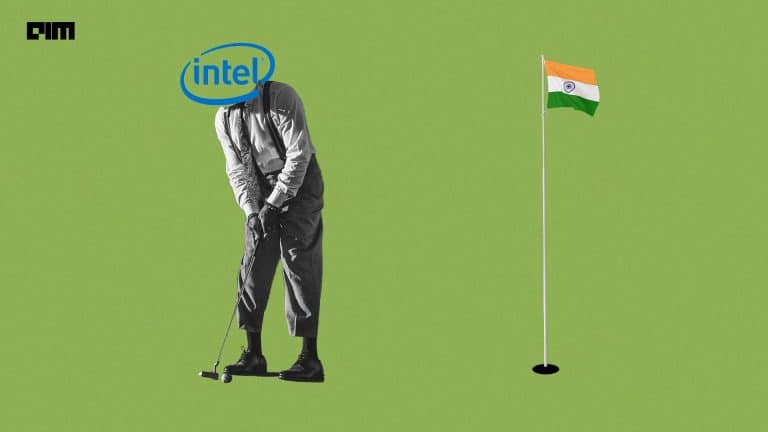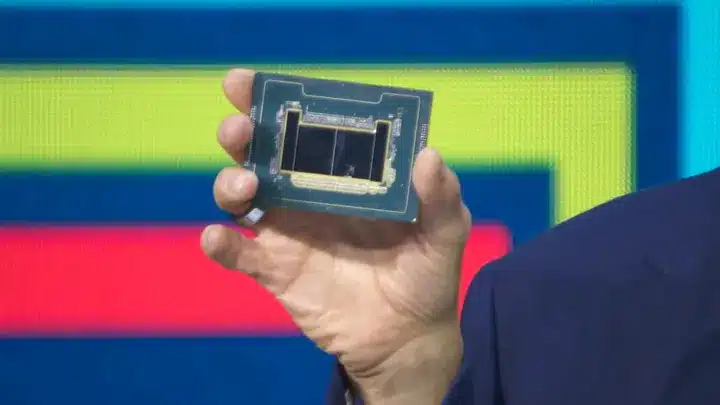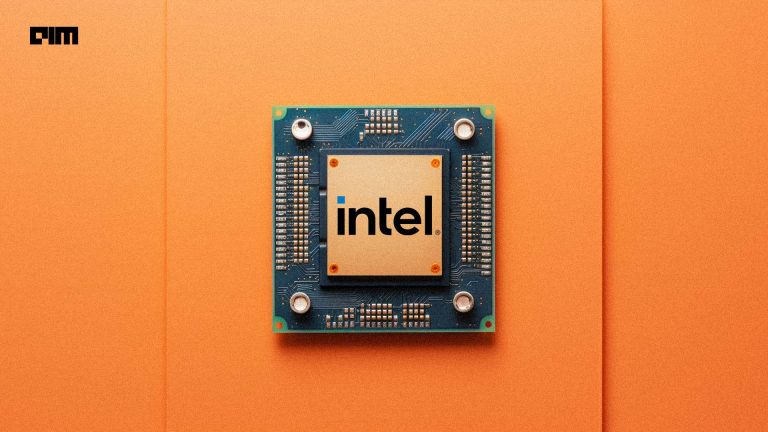Learning via imitation comes naturally to humans. In the age of the internet, almost all skills can be learnt by looking at the videos online. However, teaching machines to learn from imitation has been a long-standing goal of machine researchers.
To investigate how well this ability can be replicated in machines, Google, Intel AI labs and the University of California, Berkeley collaborated to present Motion2Vec, an algorithm that learns motion-centric representations of manipulation skills from video demonstrations for imitation learning. The learned representation was then applied to surgical suturing segmentation and pose imitation in simulation and real on the da Vinci robot.
Overview Of Motion2Vec
For the demonstration of Motion2Vec model, the researchers picked the Da Vinci robot for the surgical tasks. For instance, a video of suturing can be segmented by the model based on their timestamps into action segments like needle insertion, needle extraction, needle hand-off and so on. This kind of decomposition can be seen in models that are used for speech recognition.
Motion2Vec model piles up all the segments from the video frames in an embedding space in a semi-supervised manner. For obtaining pseudo-labels for the unlabeled training through running inference on RNN that is trained iteratively for a given parameterization of the Siamese network, which was used collect similar action segments and images with same discrete labels in an embedding space.
The primary goal of this work is to extract disentangled representations from video demonstrations in a semi-supervised manner for segmentation and imitation.
The deep embedding space reflects the task-relevant attributes of the objects in the videos and how they can be mapped onto the robot end-effector. The Siamese network, which is used in all the experiments, is pre-trained on the ImageNet dataset and takes downsampled 3- channel RGB 320×240 images as input. Two convolutional layers of depth 512 each are added on top of ‘Mixed-5d’ layer followed by a spatial softmax layer, a fully connected layer of 2048 neurons and an embedding layer of 32 dimensions.
For teaching the model to learn by imitation, the authors used JIGSAWS dataset. This dataset contains video demonstrations of three surgical tasks, namely suturing, needle-passing and knot tying. Since every surgeon has their own style of suturing, the researchers ensured that suturing dataset had different styles. They included data of 8 surgeons and used their varying skill levels to perform tasks 5 times each on the arm of the robot.
The demonstrations in the context are a pair of videos with the information from the stereo cameras along with the kinematic data of the end effector of the robot arms along with the labels for every action segment in each video frame among a distinct set of 11 suturing sub-tasks as annotated by the experts.
The researchers also took care of the detailing by changing the viewpoint of the camera, lighting and background only slightly with all the demonstrations. Since the suturing style, however, is significantly different across each surgeon so the researchers used a total of 78 demonstrations from the suturing dataset. The videos were downsampled at 3 frames per second with an average duration of 3 minutes per video.
The results show that in spite of having unobserved video frames in the test set, the Motion2Vec model was able to associate these frames with complex segments such as needle insertion and extraction while being invariant with the skill level of the surgeons in the observations.
Learning via imitation is an active area of research, and so far, we have seen experiments such as teaching a robotic arm to paint or to pick or place things. With this work on Motion2Vec especially, the researchers believe that it will lead to numerous other research opportunities in the future.
Know more about this work here.


















































































